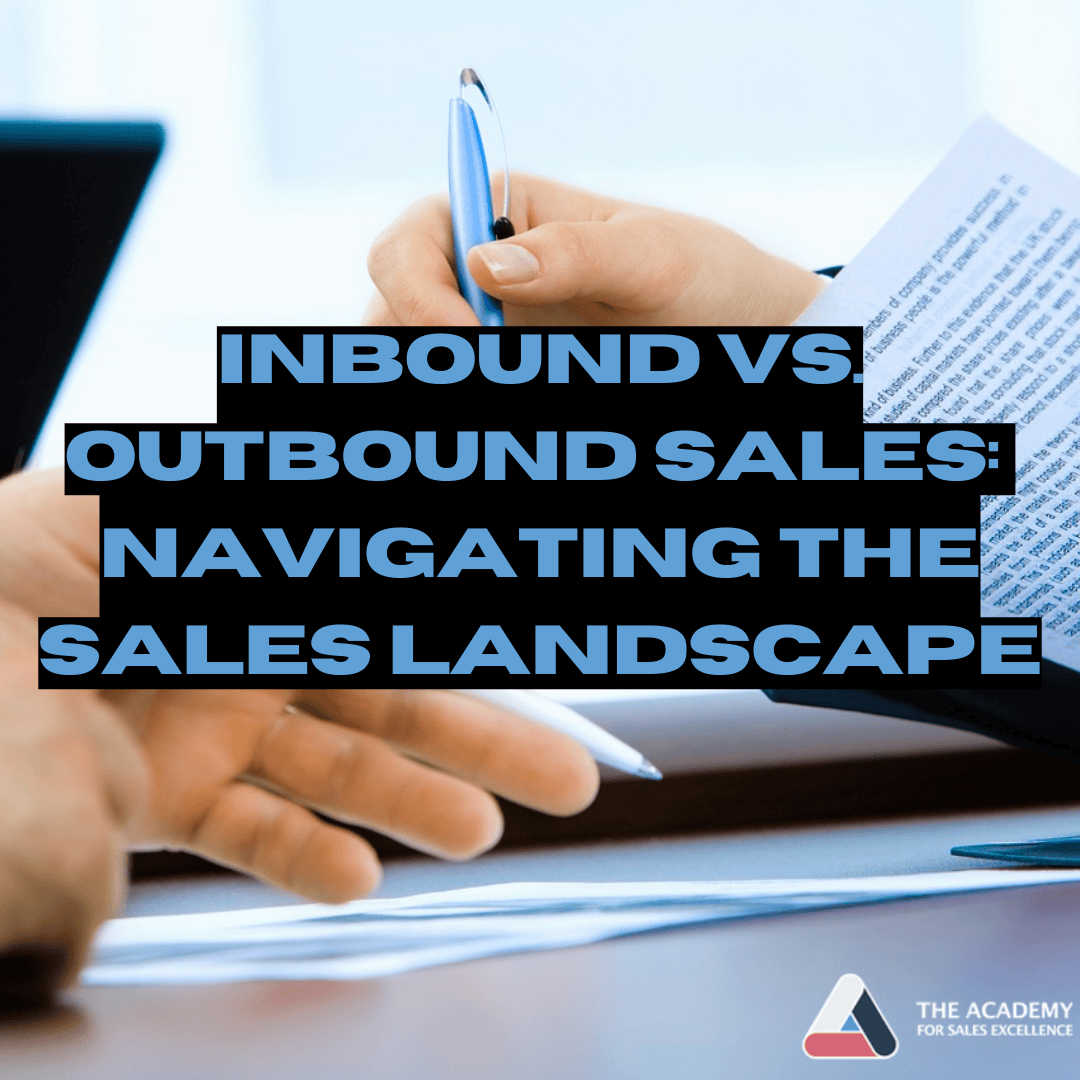Sales, the lifeblood of any business, are often approached through two primary strategies: inbound and outbound sales. Each has its own set of strengths and weaknesses, and understanding the nuances of these approaches is crucial for a successful sales strategy.
In this comprehensive blog, we’ll address the elephant in the room by exploring the key differences, advantages, and challenges of inbound and outbound sales.
By the end, you’ll be equipped to make informed decisions about which strategy—or perhaps a hybrid of both—is the right fit for your business.
Inbound Sales: The Customer-Driven Approach
Inbound sales is a strategy that focuses on attracting potential customers through valuable content, personalized experiences, and solutions that address their needs and pain points.
Advantages of Inbound Sales
- Customer-Centric: Inbound sales prioritizes the customer’s needs, providing them with valuable information and solutions. This approach builds trust and fosters long-term relationships.
- Cost-Efficient: Inbound sales often requires less upfront investment compared to outbound strategies like cold calling or direct mail campaigns. It leverages content marketing, SEO, and social media to attract leads organically.
- Higher-Quality Leads: Since inbound leads are typically generated by individuals who have shown genuine interest in your products or services, they tend to be of higher quality and more likely to convert.
- Scalability: As your content library grows and your website gains more visibility, your inbound sales efforts can scale effectively without a linear increase in costs.
Challenges of Inbound Sales
- Time-Intensive: Building an effective inbound sales funnel can take time, requiring consistent content creation and optimization.
- Competition: As more businesses embrace inbound marketing, the online landscape becomes increasingly competitive, making it harder to stand out.
- Longer Sales Cycles: Inbound leads often require more time to convert as they progress through the buyer’s journey, which can be a challenge for businesses needing quick sales.
Outbound Sales: The Proactive Approach
Outbound sales involves reaching out to potential customers directly, often through cold calls, email outreach, or direct mail, with the aim of initiating a sales conversation.
Advantages of Outbound Sales
- Proactive: Outbound sales allows businesses to take the initiative in identifying and reaching out to potential leads, making it suitable for industries with specific target demographics.
- Faster Results: Outbound sales can yield quicker results, making it ideal for businesses needing to boost sales rapidly.
- Control Over Lead Generation: With outbound sales, businesses have more control over who they target and when they initiate contact.
- Immediate Feedback: Outbound sales strategies provide immediate feedback on prospect interest and objections, allowing sales teams to adjust their approach on the fly.
Challenges of Outbound Sales
- Resistance: Many consumers and businesses have become resistant to outbound sales tactics, viewing them as intrusive or irrelevant.
- High Costs: Outbound sales often require a higher upfront investment in terms of technology, manpower, and marketing materials.
- Lower Conversion Rates: Due to the often intrusive nature of outbound sales, conversion rates can be lower compared to inbound strategies.
The Elephant in the Room: Which Is Better?
The million-dollar question is, which approach is better: inbound or outbound sales? The truth is, there’s no one-size-fits-all answer. The choice between inbound and outbound sales—or a combination of both—depends on various factors, including your industry, target audience, budget, and goals.
Hybrid Approach: The Best of Both Worlds
Many businesses find success in adopting a hybrid approach that combines elements of both inbound and outbound sales. This allows them to cast a wider net while tailoring their strategies to specific customer segments. For instance, you can use inbound marketing to attract warm leads and then use outbound techniques to nurture those leads into conversions.
Inbound and outbound sales are two sides of the same coin, each with its own merits and challenges. The key to a successful sales strategy lies in understanding your business needs, target audience, and available resources.
Whether you choose inbound, outbound, or a hybrid approach, the elephant in the room is that adaptability and responsiveness to your customers’ evolving preferences will always be paramount in the dynamic world of sales. Ultimately, a customer-centric approach that values relationships and problem-solving is the bridge that connects these two strategies, leading to sales success. At The Academy For Sales Excellence, our team is here to provide the right training for your organization.
Contact us today to learn more!




